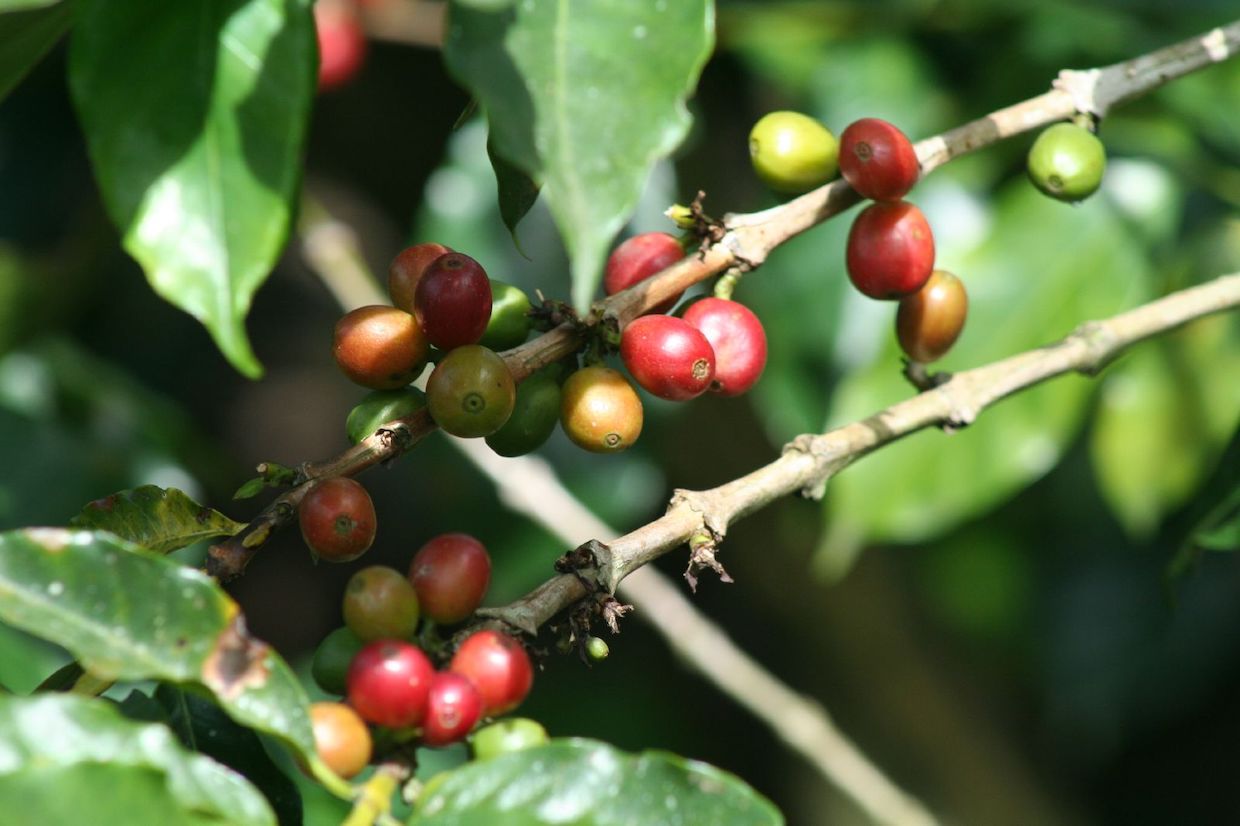After rebounding from a countrywide 50-year-low in green coffee production just two years ago, Costa Rica is expected to experience a moderate increase in production in market year 2023/24.
Boosted by anticipated good weather conditions and successful new planting initiatives, the anticipated production increase would come despite the fact that the number of Costa Rican coffee farmers is rapidly dwindling, according to the most recent USDA Foreign Agriculture Service (FAS) report on the Costa Rican sector.
[Note: This is part of a series of DCN stories exploring the FAS coffee annual reports. The U.S. information agency is currently scheduled to deliver 16 annual country-level reports on the coffee sector. Each of those reports come from different authors and field offices.]
The FAS estimates that Costa Rica will produce approximately 1.44 million 60-kilogram bags of green coffee in 2023/24. That’s up more than 15% from two years ago, a projected boost the FAS attributes to better plant management, positive initial flowering of plants, stabilized fertilizer costs and more.
Despite the positive outlook, the Costa Rican sector faces numerous long-term production challenges, as outlined by the agency.
“Changing immigration flows during the coffee harvest continue to present challenges to Costa Rican coffee farmers, as most of the coffee harvest depends on large numbers of temporary foreign workers from Nicaragua and Panama,” the report states. “Though industry sources have expressed concern about the larger number of Nicaraguan workers migrating to the United States instead of Costa Rica, labor supplies were sufficient to successfully bring in the MY 2022/23 crop.”

“Coffee beans, Costa Rica” by Wilson Center – ECSP is licensed under CC BY-NC-ND 2.0.
An additional concern to producers is a lack of actual farmers, as the vast majority of the country’s coffee production comes from small-scale farmers who are aging out of the work force with no one to replace them.
“According to [the Costa Rican Coffee Institute] ICAFE, the number of coffee growers in the country continued to decline in MY 2021/22 — again, the latest year for which data is available — to 26,704 farmers, down nearly 50 percent from 10 years earlier,” the report states. “Long periods of low coffee prices, aging farmers, and high land prices near urban areas are some of the factors that have contributed to the declining number of producers. Most of the remaining coffee growers — 87 percent in MY 2021/22 — are on small farms, producing fewer than 100 60-kg bags of coffee each year.”
Despite these issues, Costa Rica continues to command attention from international markets, with the United States constituting the largest green coffee export market (48% of volume), followed by the European Union (35%).
The country’s coffee producers have also been active in innovation for the global specialty coffee market, capturing increased value through on-farm post-harvest processing.
“Reflecting the industry trend towards increased product differentiation through smaller lots (‘micro-lots’) that allow producers to capture higher sales prices, the number of coffee mills has increased from 184 mills in MY 2011/12 to 304 mills in MY 2021/22,” the FAS office stated. “Many of these mills are very small, known as micro-mills, servicing a handful of farms in the immediate vicinity.”
Does your coffee business have news to share? Let DCN’s editors know here.







Comment